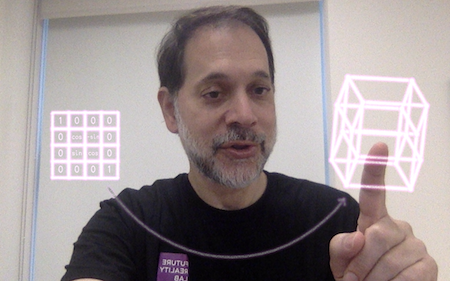I participated in a public debate today about whether synthetic media (media that involves digital altering of images or video) is more good or more bad. I argued for the “more good” side. To my surprise, our side lost the audience vote.
But then my teammate pointed out to me that given how overwhelmingly negative is the current view of synthetic media, we probably won handily, as compared with how the audience would have voted before our debate. We probably swayed a number of people to our side — just not enough for a majority.
I guess the good news there is that if we’d been running for president, “not enough for a majority” would have been enough to win. 🙂
My concern about this negative attitude toward synthetic media — founded on the reasonable observation that it can be used to fool people — is that it’s yet another triumph of the forces of fear over the forces of hope and possibility. We’ve had quite a lot of that recently, and I’m getting very tired of it.
One thing I wished I had articulated more clearly during the debate is that you can’t really defend any very new medium on cultural grounds, because the greatness of its cultural contribution lies in the future. Take movies, for example.
Back around 1903 when Georges Méliès was making movies where people magically vanish in a puff of smoke, it would have been possible to dismiss movies as a shallow gimmick, so arguments against the medium of movies on moral grounds would have been easy to make. But then we got Citizen Kane, Casablanca, The Piano, Chinatown, The Godfather, Raging Bull, Gone with the Wind, Sunset Boulevard, Vagabond, Rear Window, 12 Angry Men (the list obviously goes on and on).
It would have been very difficult to make the argument for movies in 1903 by drawing from examples, just as in the earliest days of the printing press it would have been very difficult to make the argument for novels, without being able to point to Don Quixote or Middlemarch.
I wonder whether we are doomed to forever make the same mistake. Each time a powerful new medium comes along that can offer new possibilities for how to communicate, the arguments of fear make more sense to people than the arguments for possibility.

